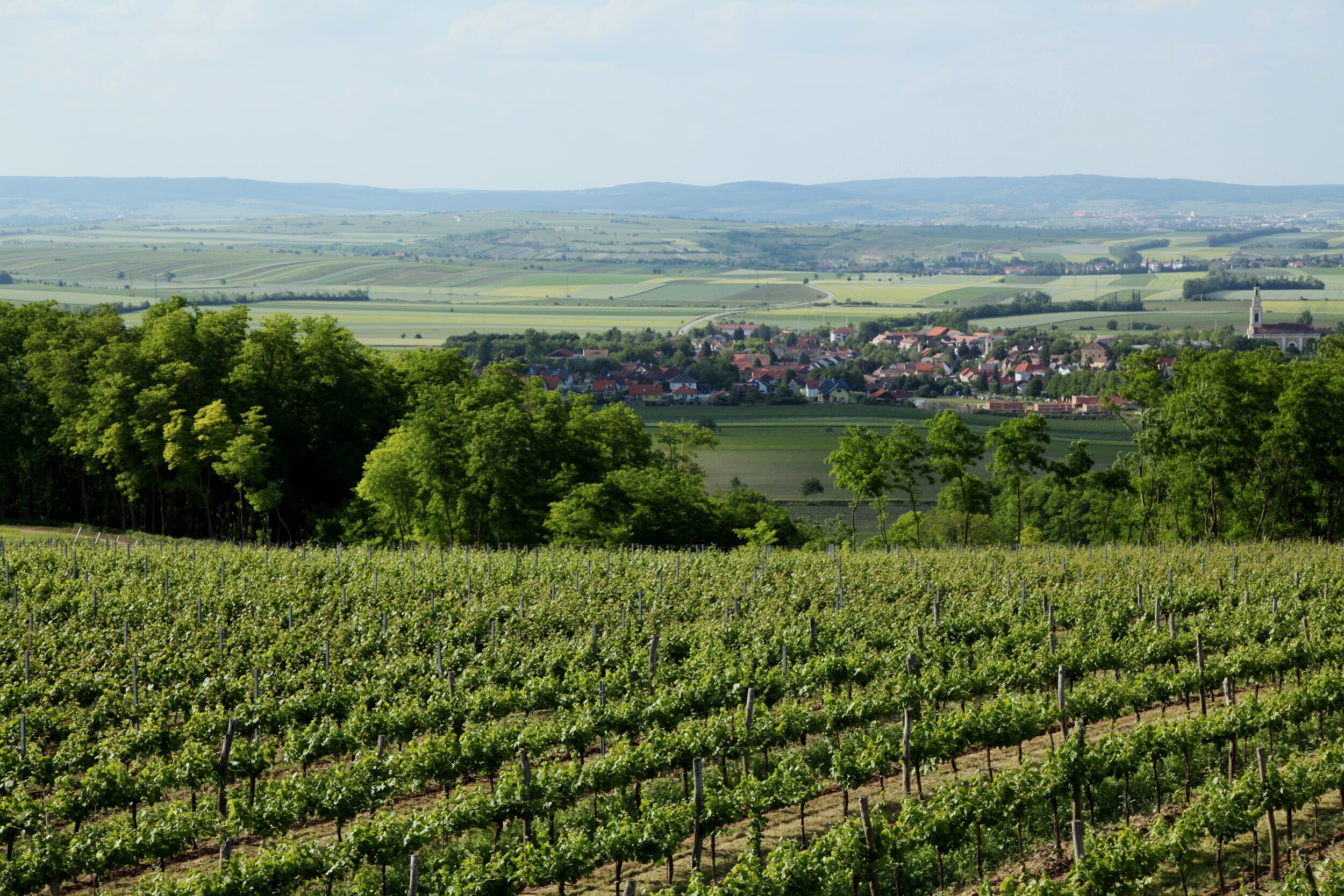The Search
AUSTRIA
ASPARN-AN-DER-ZAYA MAMUZ
OPEN-AIR ARCHAEOLOGICAL MUSEUM
PRE-CHRISTIAN
Reconstructed from the archaeological excavations at nearby Sandberg and representing several eras up to the Iron Age, the Celtic village makes you want to move into it. The museum in the castle right next to the village contains remarkable medical instruments, technology and art.
From excavations at Sandberg,
ancient Celtic settlement
Pre-Christian
Amid rolling hills of vineyards, this Celtic village clearly must have enjoyed the fruits of their labor. Evidence of the community wine cellar in the middle of town shows ancient wine technology, storage and consumption.
Frauenstein castle
a remote & stunningly beautiful area
Remote and hidden away, this castle probably served as refuge for women during the hundreds of years that they were hunted and burned as witches. Multiple castle ruins in this sector are reachable from this point by hiking trails and may have comprised a system of fortified safe houses. This one is under restoration.
Keltenwelt at Frög
Celtic burial grounds & museum
A beautiful setting allows the visitor a sense of Celtic ways, with a multitude of displays and artifacts well presented in the museum.
Magdalenaberg,
ancient Celtic gold mining settlement
Pre-Christian
Step into the Celtic world on a sublime mountaintop. Explore the actual site, a museum of remarkable remembrance and hospitable, knowledgeable Gasthaus..
Maria Saal, Gailtaler Heimatmuseum,
the Duke’s Chair
Pre-Christian
The 7th century duchy of Carantania conducted democratic proceedings in choosing their duke or duchess to be their leading official. The candidate had to sit in this chair and answer questions about whether he or she would act fairly, and then receive a slap in the face representing the public’s right to object.
Piber festive hall & Lippizaner center
The care and decoration of horses is prevalent in Celtic artifacts. In Piber, what is now a church but probably the former festive hall, sits right next to the stables of the famed Lipizzaner horses that are also heralded at their Slovenian location in Lipica. The ceiling ribbing, repeated throughout the Celtic world, is highlighted by a contrasting color with a medallion at the intersection
Rein Abbey near Graz
probably a former Celtic abbey
This abbey was probably built and run by Celts, but then overtaken by the church state. When Celtic, it likely served as a learning center for both academic and vocational pursuits, a fortified complex that welcomed wayfarers. After conquest, abbeys would be turned into the master-servant, male-domineering system from the egalitarian one.








